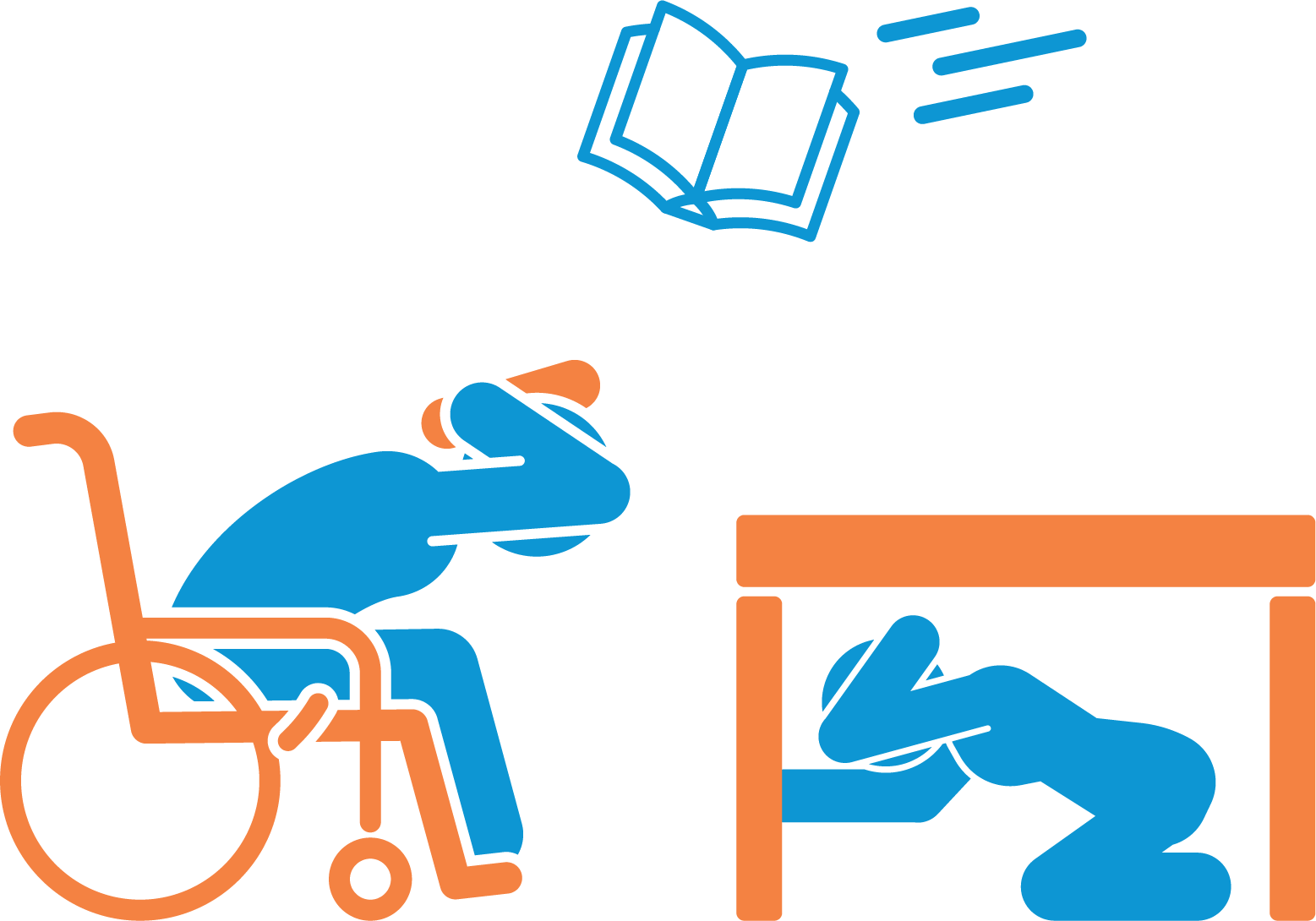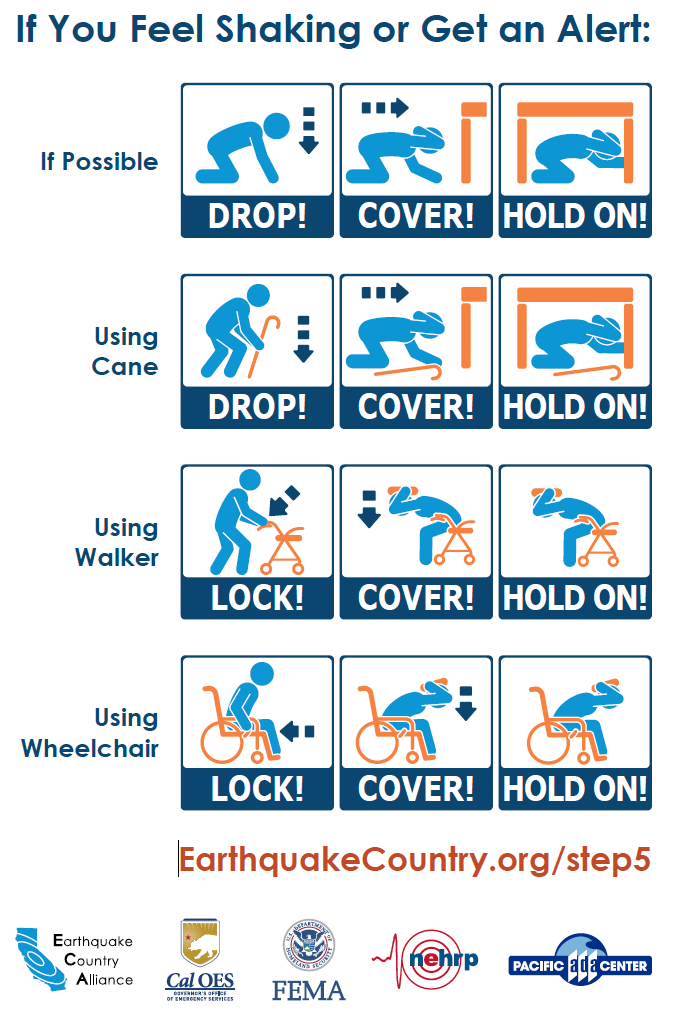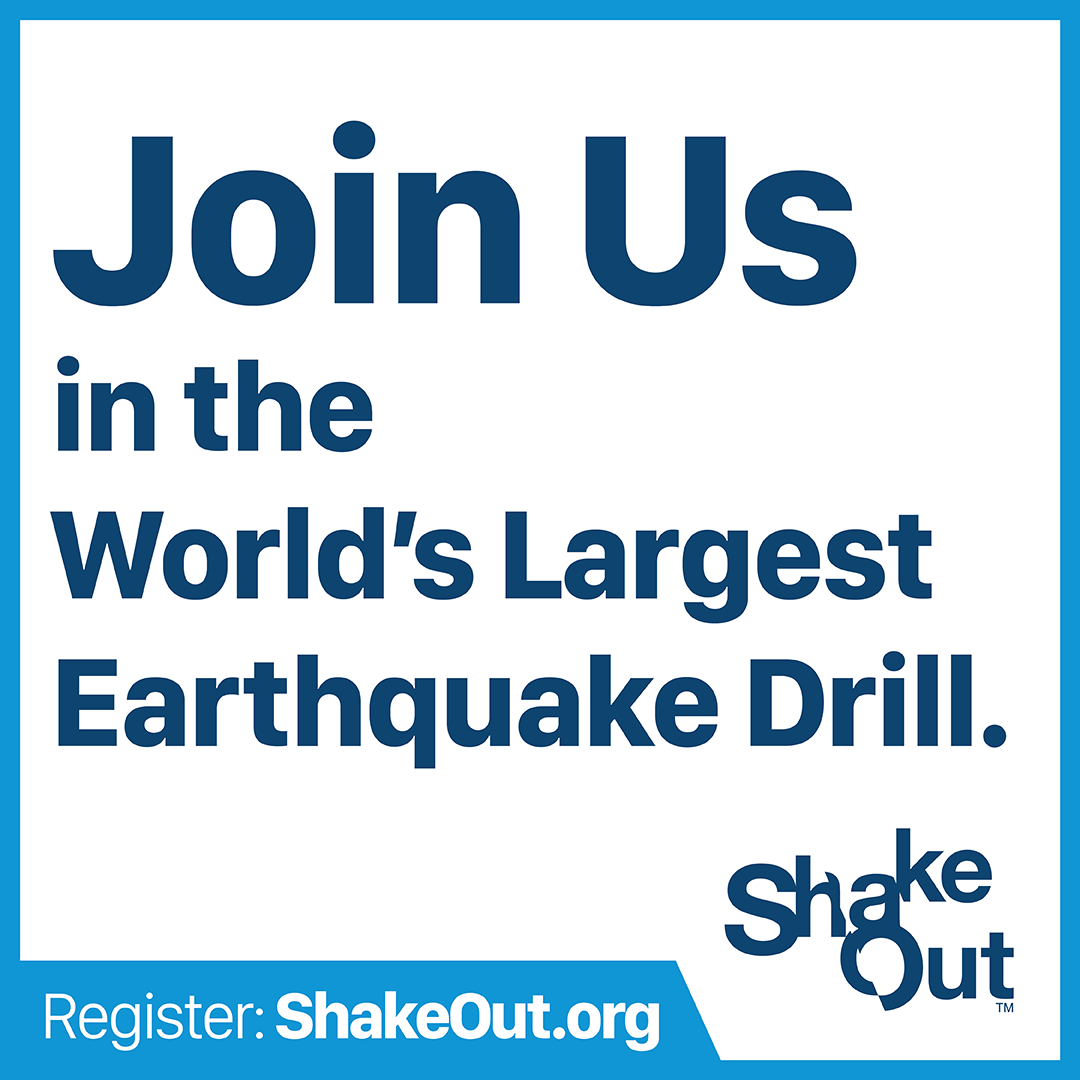OFFICIAL RESCUE TEAMS from the U.S. and other countries who have searched for trapped people in collapsed structures around the world, as well as emergency managers, researchers, and school safety advocates, all agree that “Drop, Cover, and Hold On” is the appropriate action to reduce injury and death during earthquakes. Methods like standing in a doorway, running outside, and the “triangle of life” are considered dangerous and are not recommended (see below).
Topics addressed below include:
- What to do wherever you are when shaking begins
- Why experts recommend Drop, Cover, and Hold On
- What experts do not recommend you do during an earthquake
WHAT TO DO IMMEDIATELY WHEN SHAKING BEGINS
Your past experience in earthquakes may give you a false sense of safety; you didn’t do anything, or you ran outside, yet you survived with no injuries. Or perhaps you got under your desk, and others thought you overreacted. However, you likely have never experienced the kind of strong shaking that is possible in much larger earthquakes: sudden and intense back and forth motions of several feet per second will cause the floor or the ground to jerk sideways out from under you, and every unsecured object around you could topple, fall, or become airborne, potentially causing serious injury. This is why you must learn to immediately protect yourself after the first jolt… don’t wait to see if the earthquake shaking is strong!
In MOST situations, you will reduce your chance of injury…
It is important to think about different scenarios in which an earthquake can suddenly strike. What if you are driving, in a theater, in bed, at the beach, etc.?
Step 5 of the Seven Steps to Earthquake Safety describes what to do in various situations, including recommendations for people with accessibility needs, so you know what to do no matter where you are when you feel earthquake shaking.
WHY RESCUERS AND EXPERTS RECOMMEND DROP, COVER, AND HOLD ON

Earthquake Safety Video Series: Simple videos demonstrating what to do to protect yourself in various situations (near a table, no table nearby, in a theater/auditorium, at the shore, while driving, and more to come).
Learn about Drop, Cover, Hold On from MySafeLA.org
Trying to move during shaking puts you at risk: Earthquakes occur without any warning and may be so violent that you cannot run or crawl; you will most likely be knocked straight to the ground. It is best to drop before the earthquake drops you and find nearby shelter or use your arms and hands to protect your head and neck. “Drop, Cover, and Hold On” gives you the best overall chance of quickly protecting yourself in an earthquake… even during quakes that cause furniture to move about rooms and in buildings that might ultimately collapse.
The greatest danger is from falling and flying objects: Studies of injuries and deaths caused by earthquakes over the last several decades show that you are much more likely to be injured by falling or flying objects (TVs, lamps, glass, bookcases, etc.) than to die in a collapsed building. “Drop, Cover, and Hold On” (as described above) will protect you from most of these injuries.
If there is no furniture nearby, you can still reduce the chance of injury from falling objects by getting down next to an interior wall and covering your head and neck with your arms (exterior walls are more likely to collapse and have windows that may break). If you are in bed, the best thing to do is to stay there and cover your head with a pillow. Studies of injuries in earthquakes show that people who moved from their beds would not have been injured if they had remained in bed.
You can also reduce your chance of bodily injury or damage to your belongings by securing them in the first place. Secure top-heavy furniture to walls with flexible straps. Use earthquake putty or velcro fasteners for objects on tables, shelves, or other furniture. Install safety latches on cabinets to keep them closed. Instructions for how to “secure your space” are at EarthquakeCountry.org/Step1.
Building collapse is less of a danger: While images of collapsed structures in earthquakes around the world are frightening and get the most attention from the media, most buildings do not collapse at all. Few buildings actually fail completely. In earthquake prone areas of the U.S. and in many other countries, strict building codes have worked to greatly reduce the potential of structure collapse. However, there is the possibility of structural failure in certain building types, especially unreinforced masonry (brick buildings), and some structures constructed before the latest building codes. Rescue professionals are trained to understand how these structures collapse in order to identify potential locations of survivors within “survivable void spaces.”
The main goal of “Drop, Cover, and Hold On” is to protect you from falling and flying debris and other nonstructural hazards, and to increase the chance of your ending up in a Survivable Void Space if the building actually collapses. The space under a sturdy table or desk is likely to remain even if the building collapses — pictures from around the world show tables and desks standing with rubble all around them and even holding up floors that have collapsed. Experienced rescuers agree that successfully predicting other safe locations in advance is nearly impossible, as where these voids will be depends on the direction of the shaking and many other factors. (See “triangle of life” below.)
The ONLY exception to the “Drop, Cover and Hold On” rule is if you are in a country with unengineered construction, and if you are on the ground floor of an unreinforced mud-brick (adobe) building with a heavy ceiling. In that case, you should try to move quickly outside to an open space. This cannot be recommended as a substitute for building earthquake-resistant structures in the first place!
WHAT RESCUERS AND EXPERTS *DO NOT* RECOMMEND YOU DO DURING AN EARTHQUAKE
Based on years of research about how people are injured or killed during earthquakes, and on the experiences of U.S. and international search and rescue teams, these three actions are not recommended to protect yourself during earthquakes:
DO NOT run outside or to other rooms during shaking: The area near the exterior walls of a building is the most dangerous place to be. Windows, facades and architectural details are often the first parts of the building to collapse. To stay away from this danger zone, remain inside if you are inside and outside if you are outside. Also, shaking can be so strong that you may not be able to move far without falling down, and objects may unexpectedly fall or be thrown at you. Injuries can be avoided if you drop to the ground before the earthquake drops you.
DO NOT stand in a doorway: One enduring image from the aftermath of a California earthquake is that of a collapsed adobe home of which only a doorframe is left standing. From this came our belief that a doorway is the safest place to be during an earthquake. True — if you live in an old, unreinforced adobe house or some older wood-frame houses. In modern homes, doorways are no stronger than any other part of the house. Doorways do not protect you from the most likely source of injury — falling or flying objects. You also may not be able to brace yourself in the door during strong shaking. You are safer under a table.
|
Please help! If you have received an email about the “triangle of life” please respond to its sender by directing them to this page: www.earthquakecountry.org/dropcoverholdon/ Ask them to send this link to everyone they sent the “triangle” email, and to the person who sent it to them. Thank you! |
DO NOT get in the “triangle of life”: In recent years, an e-mail has been circulating which describes an alternative to the long-established “Drop, Cover, and Hold On” advice. The so-called “triangle of life” and some of the other actions recommended in the e-mail are potentially life threatening, and the credibility of the source of these recommendations has been broadly questioned (see links in the next section).
The “triangle of life” advice (always get next to a table rather than underneath it) is based on several wrong assumptions:
- buildings always collapse in earthquakes (wrong — especially in developed nations, and flat “pancake” collapse is rare anywhere);
- when buildings collapse they always crush all furniture inside (wrong- people DO survive under furniture or other shelters);
- people can always anticipate how their building might collapse and the location of survivable void spaces (wrong- the direction of shaking and unique structural aspects of the building make this nearly impossible) ; and
- during strong shaking people can move to a desired location (wrong- strong shaking can make moving very difficult and dangerous).
Some other recommendations in the “triangle of life” e-mail are also based on wrong assumptions and are very hazardous. For example, the recommendation to get out of your car during an earthquake and lie down next to it assumes that there is always an elevated freeway above you that will fall and crush your car. Of course, there are very few elevated freeways, and lying next to your car is very dangerous because the car can move and crush you, and other drivers may not see you on the ground!
Newspaper and Online articles:
| Why ‘Drop, Cover and Hold On’ is still the best advice
| Snopes.com (internet rumor site) analysis
Stories about the advocate of the “triangle of life” theory:
| A 9/11 Phony (4-day series of articles)
| Sept. 11 hero’s story questioned
PRACTICE THE RIGHT THING TO DO… IT COULD SAVE YOUR LIFE
You will be more likely to react quickly when shaking begins if you have actually practiced how to protect yourself on a regular basis. A great time to practice “Drop, Cover, and Hold On” is by participating in a Great ShakeOut Earthquake Drill (each October in most areas).







